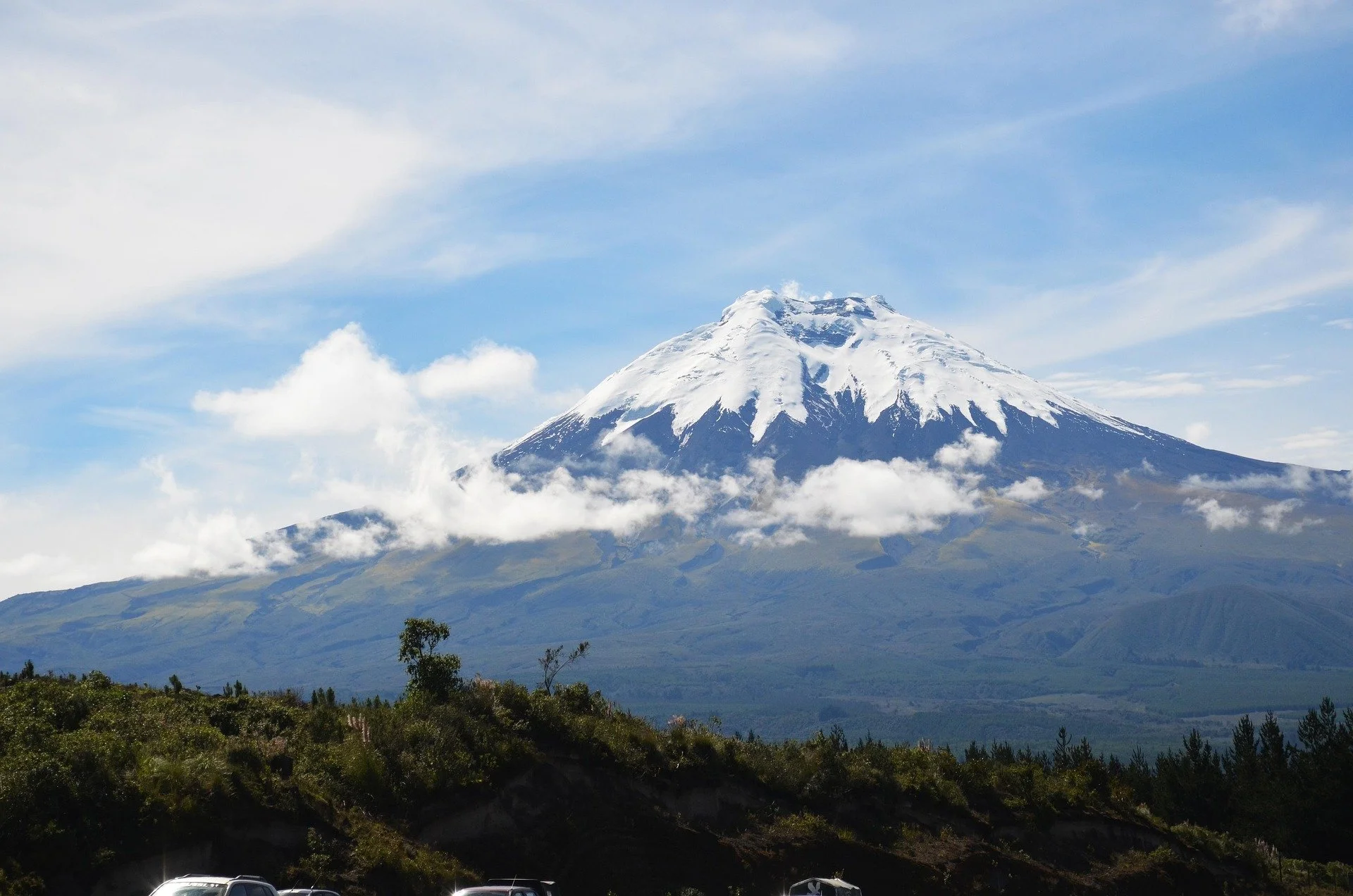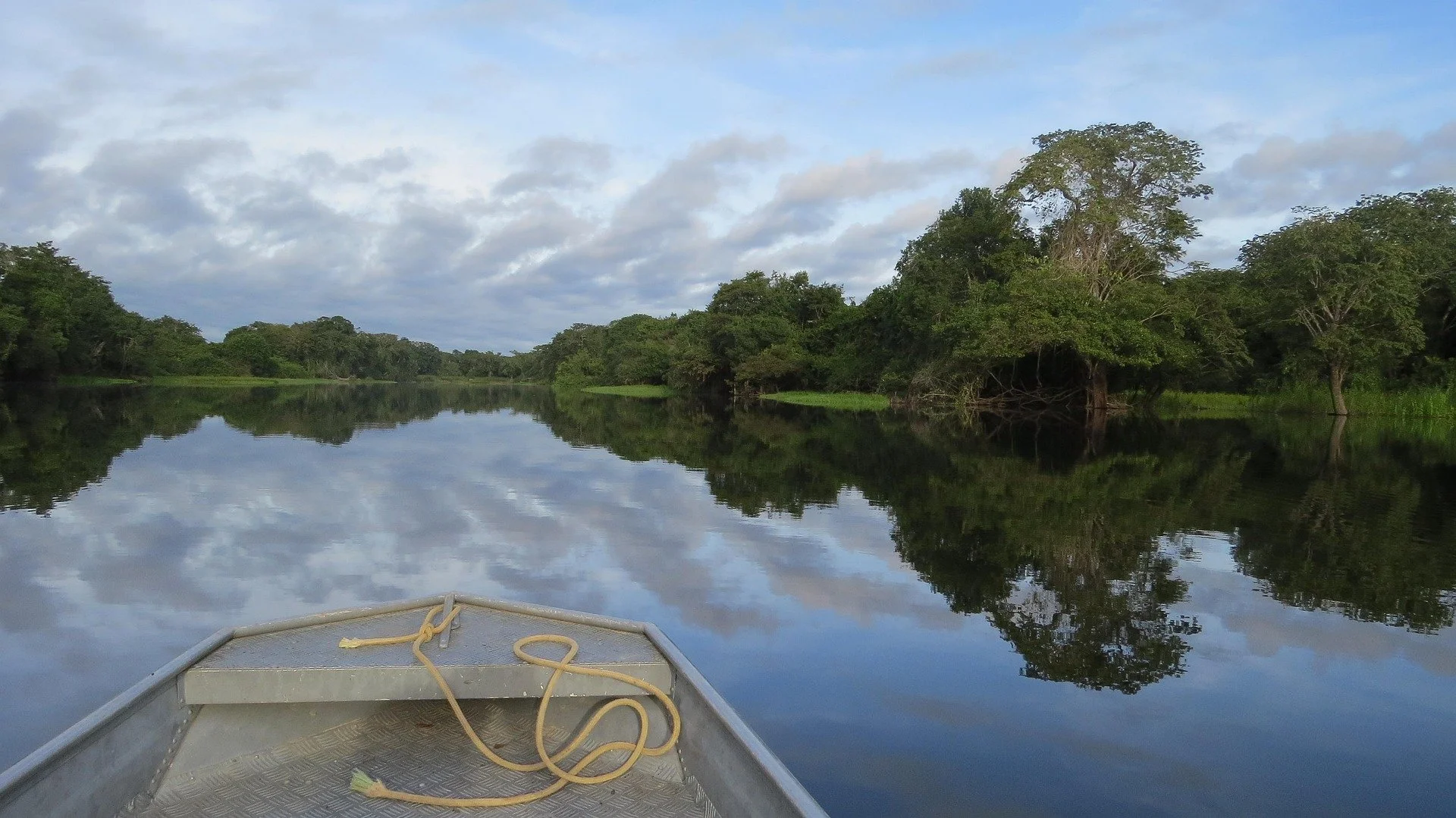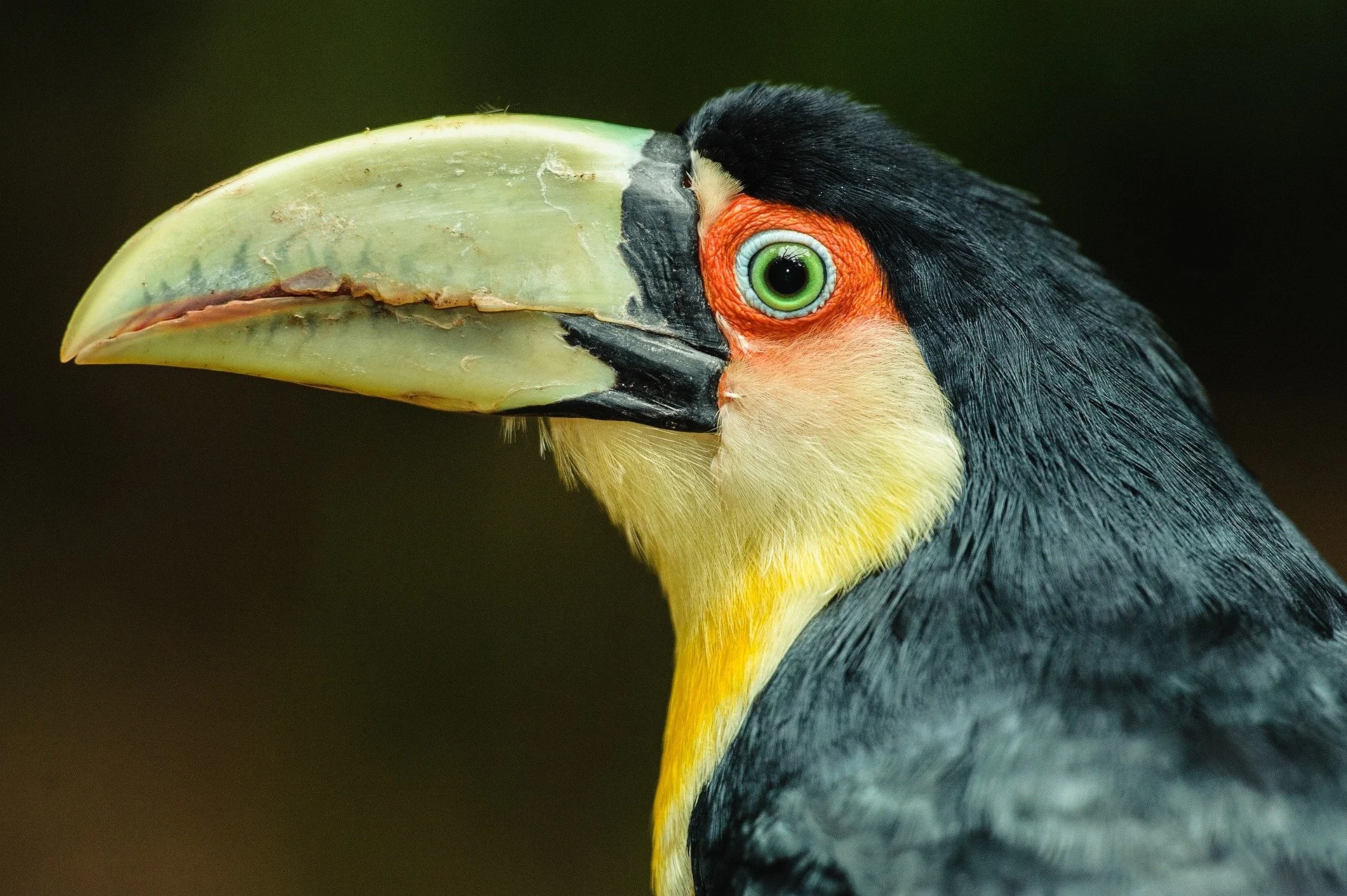SKIP TO
Andes: Quito & Surroundings
Discover the beauty of Quito, Ecuador, the second-highest capital city in the world, nestled in the heart of the Andes at 2,850 meters (9,350 feet) above sea level. Immerse yourself in the charm of its historic center, the first-ever UNESCO World Heritage Site, where cobblestone streets, grand colonial churches, and vibrant plazas transport you back in time. Stand at the Middle of the World and experience the unique phenomenon of being right on the equator. Venture beyond the city on unforgettable day trips to the towering, snow-capped volcanoes that surround Quito, such as Cotopaxi and Cayambe, offering stunning landscapes. Explore lush cloud forests, where you can walk among exotic orchids and observe hummingbirds flitting through the mist.
Amazon Immersion
Our Amazon Immersion trip takes you to the Cuyabeno Wildlife Reserve in northeastern Ecuador. You’ll travel by canoe through winding rivers, visit remote jungle communities, and explore the surrounding rainforest with expert guides. Each day offers the chance to see wildlife like monkeys, caimans, and exotic birds in their natural habitat. Evenings are spent at a jungle lodge, where you can relax and reflect on the day’s discoveries. This experience offers a deep and authentic connection to the Amazon.
Bird-Watching
Ecuador is one of the world’s top birdwatching destinations, home to over 1,600 species across its diverse ecosystems. From the cloud forests of Mindo and the highlands of the Andes to the Amazon Rainforest and the Galápagos Islands, birdwatching is possible in every region of the country. Whether you’re looking for colorful hummingbirds, elusive antpittas, or the iconic Andean condor, Ecuador offers year-round opportunities for both amateur and expert birders. Guided tours are available in most regions, with experienced local guides who help you spot and identify even the most hidden species.
How to travel to Ecuador?
Reaching Ecuador is straightforward, with two major international airports providing excellent connectivity to North America, South America and Europe: Quito's Mariscal Sucre International Airport (UIO) and Guayaquil's José Joaquín de Olmedo International Airport (GYE). Both airports also serve as the main gateways to the Galapagos Islands. If you are traveling for a mainland tour with Argonaut you will fly into Quito’s airport (UIO).
To travel to Ecuador, most visitors need a valid passport with at least six months of validity from the date of entry. No visa is required for stays of up to 90 days for citizens of many countries, including the U.S., Canada, and most of Europe. Travelers may be asked to show proof of onward travel.
When to travel to Ecuador?
Ecuador is a unique country because of its geographic location and topography. The territory is located directly on the planet’s equatorial line. This causes a peculiar set of meteorological phenomena to occur. Ecuador experiences a stable day-night cycle, with approximately twelve hours of daylight and twelve hours of darkness all year round. This consistency in daylight contrasts with many other parts of the world that undergo significant seasonal variations in the length of days and nights.
Ecuador's proximity to the equator leads to relatively uniform temperatures within its different regions. However, due to its varied topography—including coastal plains, towering Andean mountains, and the Amazon rainforest—the country experiences significant climatic diversity. Instead of the traditional four seasons found in temperate regions, Ecuador has only two distinct seasons in any given area: the wet season and the dry season. Average temperatures range from 15°C to 25°C (59°F to 77°F), depending on the altitude and region. In the Amazon jungle, temperatures can reach up to 30°C (86°F) or higher.



